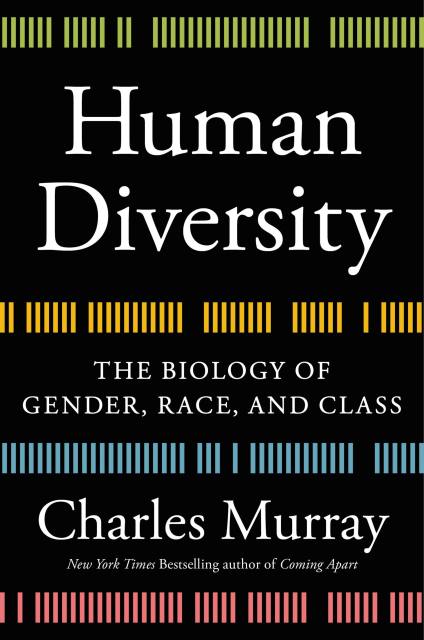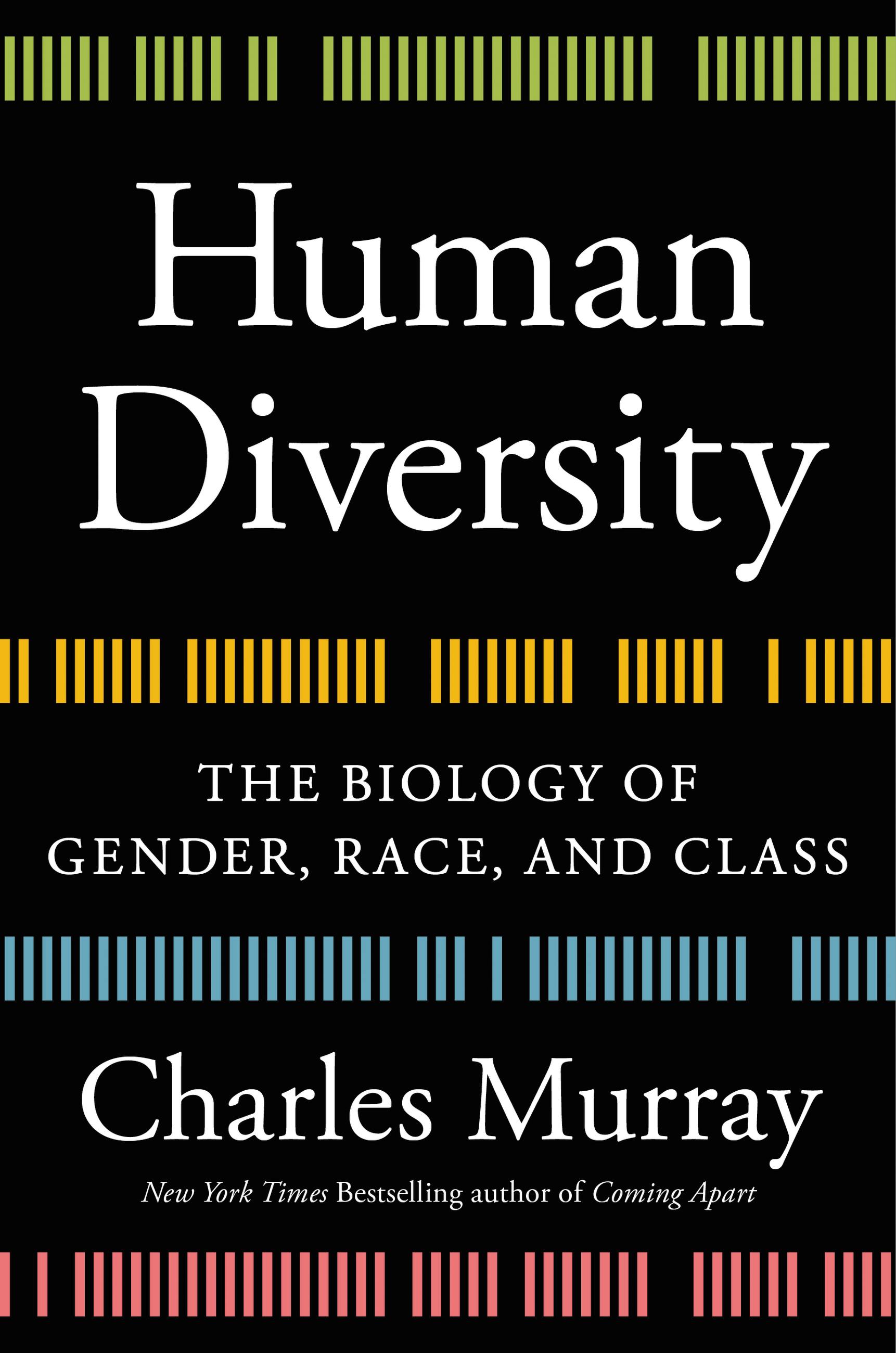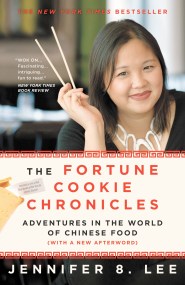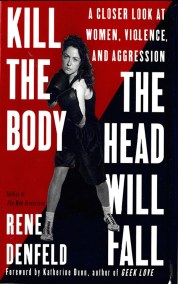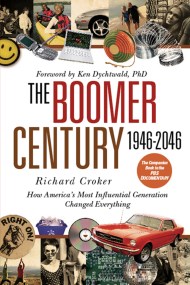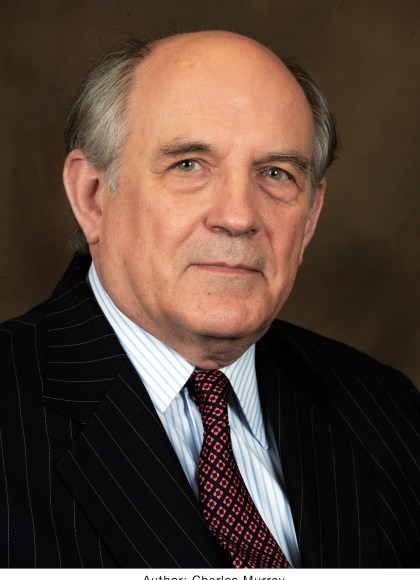Promotion
Use code MOM24 for 20% off site wide + free shipping over $45
Human Diversity
The Biology of Gender, Race, and Class
Contributors
Formats and Prices
Price
$12.99Price
$15.99 CADFormat
Format:
- ebook $12.99 $15.99 CAD
- Hardcover $35.00 $44.00 CAD
- Audiobook Download (Unabridged)
This item is a preorder. Your payment method will be charged immediately, and the product is expected to ship on or around January 28, 2020. This date is subject to change due to shipping delays beyond our control.
Also available from:
All people are equal but, as Human Diversity explores, all groups of people are not the same — a fascinating investigation of the genetics and neuroscience of human differences.
The thesis of Human Diversity is that advances in genetics and neuroscience are overthrowing an intellectual orthodoxy that has ruled the social sciences for decades. The core of the orthodoxy consists of three dogmas:
– Gender is a social construct.
– Race is a social construct.
– Class is a function of privilege.
The problem is that all three dogmas are half-truths. They have stifled progress in understanding the rich texture that biology adds to our understanding of the social, political, and economic worlds we live in.
It is not a story to be feared. “There are no monsters in the closet,” Murray writes, “no dread doors we must fear opening.” But it is a story that needs telling. Human Diversity does so without sensationalism, drawing on the most authoritative scientific findings, celebrating both our many differences and our common humanity.
The thesis of Human Diversity is that advances in genetics and neuroscience are overthrowing an intellectual orthodoxy that has ruled the social sciences for decades. The core of the orthodoxy consists of three dogmas:
– Gender is a social construct.
– Race is a social construct.
– Class is a function of privilege.
The problem is that all three dogmas are half-truths. They have stifled progress in understanding the rich texture that biology adds to our understanding of the social, political, and economic worlds we live in.
It is not a story to be feared. “There are no monsters in the closet,” Murray writes, “no dread doors we must fear opening.” But it is a story that needs telling. Human Diversity does so without sensationalism, drawing on the most authoritative scientific findings, celebrating both our many differences and our common humanity.
Genre:
-
PRAISE FOR COMING APART:p.p1 {margin: 0.0px 0.0px 0.0px 0.0px; text-align: center; font: 12.0px Arial}David Brooks, The New York Times
"I'll be shocked if there's another book this year as important as Charles Murray's Coming Apart." -
"Mr. Murray's sobering portrait is of a nation where millions of people are losing touch with the founding virtues that have long lent American lives purpose, direction and happiness."p.p1 {margin: 0.0px 0.0px 0.0px 0.0px; text-align: center; font: 12.0px Arial}Wall Street Journal
-
"'Coming Apart brims with ideas about what ails America."p.p1 {margin: 0.0px 0.0px 0.0px 0.0px; text-align: center; font: 12.0px Arial}Economist
-
"[An] incisive, alarming, and hugely frustrating book about the state of American society."p.p1 {margin: 0.0px 0.0px 0.0px 0.0px; text-align: center; font: 12.0px Arial}Bloomberg Businessweek
-
"[A] timely investigation into a worsening class divide no one can afford to ignore."p.p1 {margin: 0.0px 0.0px 0.0px 0.0px; text-align: center; font: 12.0px Arial}Publisher's Weekly
-
"[Murray] argues for the need to focus on what has made the U.S. exceptional beyond its wealth and military power...religion, marriage, industriousness, and morality."p.p1 {margin: 0.0px 0.0px 0.0px 0.0px; text-align: center; font: 12.0px Arial}Booklist (Starred Review)
- On Sale
- Jan 28, 2020
- Page Count
- 528 pages
- Publisher
- Twelve
- ISBN-13
- 9781538744000
Newsletter Signup
By clicking ‘Sign Up,’ I acknowledge that I have read and agree to Hachette Book Group’s Privacy Policy and Terms of Use
